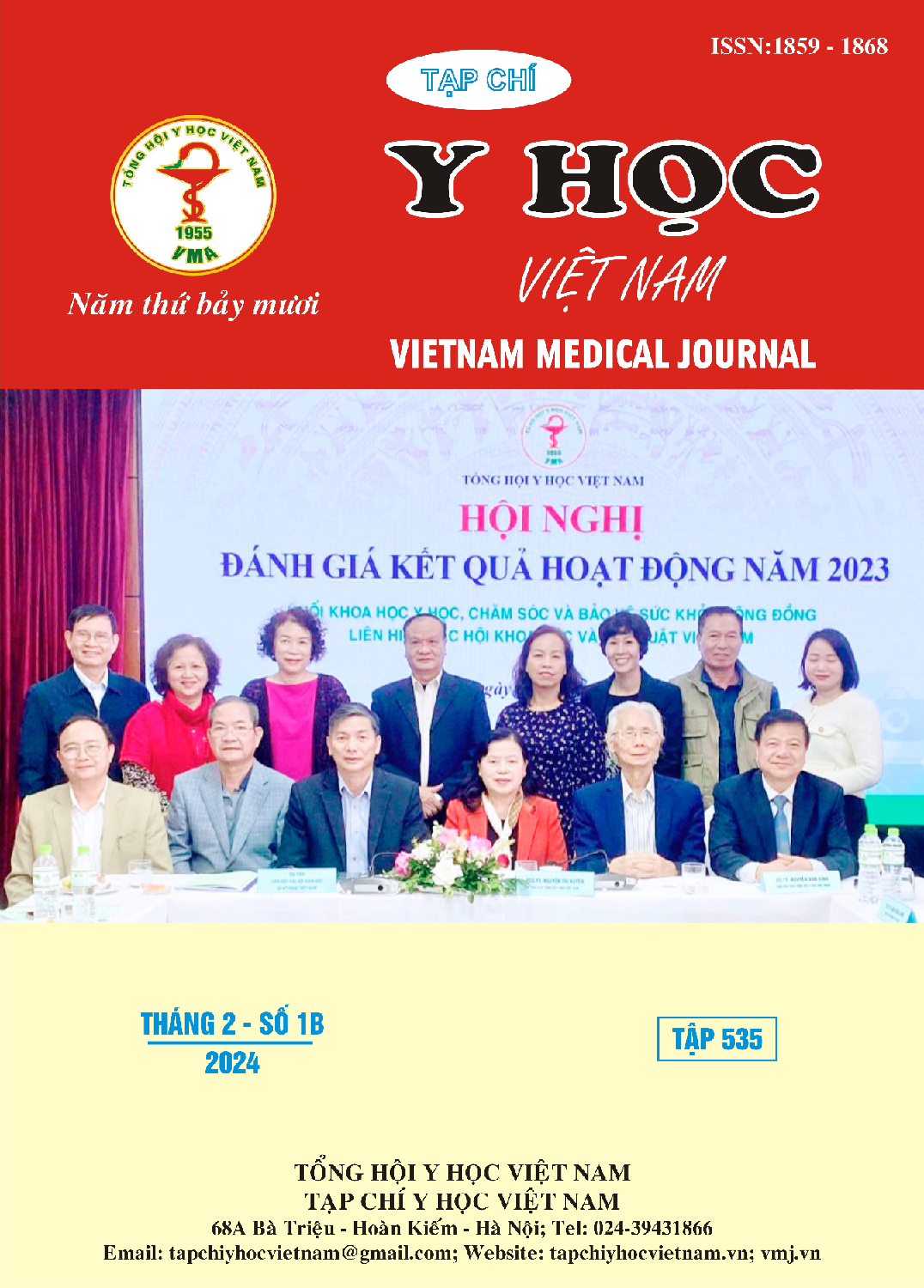THE INCIDENCE AND EPIDERMIOLOGY OF SUPERFICIAL FUNGAL INFECTION IN PATIENT ADMITTED TO NATIONAL HOSPITAL OF DERMATOLOGY AND VENEREOLOGY 2017 - 2019
Main Article Content
Abstract
Objectives: Survey of the incidence and some related factors of superficial fungal infection in patient admitted to national hospital of dermatology and venereology from 2017 to 2019. Method: A descriptive cross-sectional study was conducted in patients who were suspected with superficial fungal infection (including dermatophytosis, tinea versicolor, candida, onychomycosis, tinea capitis) at the National hospital of Dermatology and Venereology. Results:The results showed that positive rate of direct microscopy examination is 14.75% of all. Among them, dermatophyte constitute the highest proportion with 69,3%. The second prevalent causative agent is Malassezia, accounting for 25,3% and Candida make up the remaining 5,5%. Implemening identification tests reveals that T. rubrum, T. mentagrophytes, M. glabrata and C. albican are the most commonly cause of superficial fungal infection. The incidence is higher in males than females. The age group with the highest infection rate is between 20 and 29 years old. The most significan in crease during the months of 3-4 and 8-9. Conclusion: Superficial fungal infection are increasing, with the primary cause is dermatophytes. T. rubrum and T. mentagrophytes are the most commonly encountered. The incidence is higher in males compared to females and the age group of 20 – 29 has the highest infection rate. The months of 3 – 4 and 8 – 9 have the highest number of patients diagnosed with superficial fungal infections
Article Details
Keywords
superficial fungal infections, Dermatophytes, Malassezia, Candida
References
2. Urban K. et al (2021). The global, regional, and national burden of fungal skin diseases in 195 countries and territories 2017. JAAD International, 2, pp 22-27
3. Nguyễn Hữu Sáu (2010). Nghiên cứu tình hình, đặc điểm bệnh nấm nông và kết quả xét nghiệm soi nấm trực tiếp tại Khoa xét nghiệm Bệnh viện Da liễu Trung Ương. Tạp chí Y học thực hành, 732(9), tr 8-11.
4. Huỳnh Quốc Tuấn và cộng sự (2019). Nghiên cứu tình hình nhiễm nấm da-niêm mạc ở người tại Bệnh viện Phong-Da liễu Trung Ương Quy Hòa từ năm 2015 đến năm 2018. Tạp chí y dược lâm sàng 108, 14(1), tr 64-69.
5. Tôn Nữ Phương Anh và cộng sự (2012). Nghiên cứu tình hình bệnh nấm ở da của các bệnh nhân đến xét nghiệm tại Khoa ký sinh trùng Bệnh viện Trường Đại học y dược Huế. Tạp chí Y dược học-Trường Đại học Y Dược Huế, 10, tr 76-85


